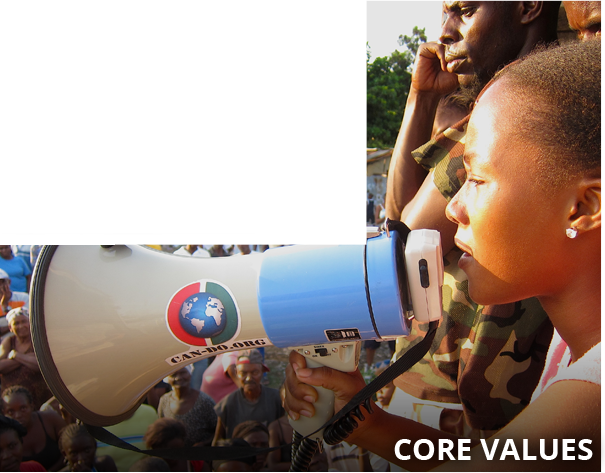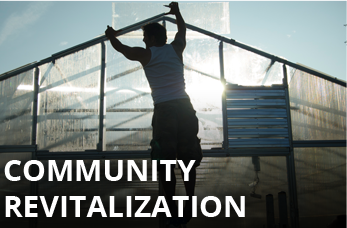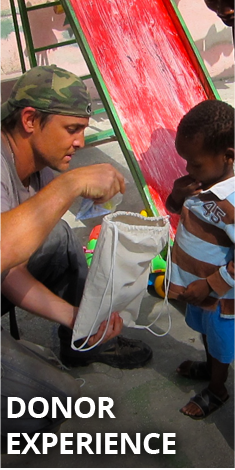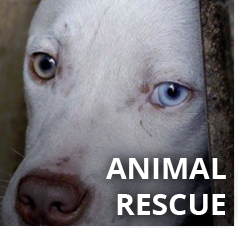THANKS GREG!!! July 27th, 62 dogs and 20 cats..... lots more to go....
THIS TRANSFER WOULD NOT HAVE BEEN POSSIBLE IF IT WERE NOT FOR THE GENEROSITY SHOWN BY GREGORY F. THANKS GREG, THIS RESCUE WOULD NOT HAVE BEEN POSSIBLE WITHOUT YOU….THANK YOU!
ek, bob & coz
CAN-DO continues to work with our partners on the ground to help
rescue animals in the Gulf Region. On Saturday, July 22, 2006, we,
along with Gulf Coast SPCA/”Triple R Rescue” began our second animal
transfer.
Claudia Beckman and Colleen Jefferson(co-founders Triple R Rescue) got the ball rolling. They drove an Enterprise rental van down from Illinois packed with crates and other animal supplies. Bob Putnam (CAN-DO, Director Of Operations, Gulf Coast) and Dale Nelson (Triple R) joined with Barbara McKenzie (Gulf Coast SPCA) at a shelter in Gautier, MS and the criteria was established for this latest transfer.
July 26th was established as our departure date. Concern for the late July heat wave forced us to formulate a plan which would allow a maximum number of animals to be moved, without overcrowding. Kennel Cages were tagged and measured to determine exactly how many animals were candidates for the transfer north.
Only animals slated for adoption or destruction were eligible for transport Out of 150, 77 dogs were determined to fill this criteria. Each animal was photographed and e-mails with pictures were sent to rescue groups and adoption programs throughout Minnesota. We then waited for confirmation that certain animals would be received throughout the Minnesota area. Written or verbal confirmation was received for 70 of the 77 animals posted; this meant that someone, somewhere, had room for these animals.
Relieved that our canine friends had somewhere to go, we immediately began the necessary medical evaluations. All animals were examined, bathed and de-flea’d. An outbreak of tics(common in MS) meant taking the dogs and using a medical shampoo; all affected were given another bath. Dogs that showed any signs of illness were brought to a vet and treated.
Crates and animals were paired off so that the amount of space
in the vans could be determined. The transfer was given a dry run;
crates were packed into the vans and capacity was determined. Unfortunately, the unusual temperatures forced us to reduce our maximum capacity. This would at leave some animals behind, but insure that many be placed into loving homes in Minnesota.
All, said, on Thursday, July 27th, 62 dogs and 20 cats began the transfer to Minnesota.
Within minutes of leaving the shelter, the group started to
experience problems. The D/C converters, used to power fans that
circulate the air conditioned air began failing. A quick stop replaced
the faulty units and acquire spares in case the problem persisted.
Fans were strategically placed so that cages in the back of
the vans had quality air flow. After repowering, the first few hours
were quiet and uneventful. However, at a stop2 hours later, it was
determined that the heat from the road was not taken into
consideration. All animals showing signs of heat exhaustion were
wetted and iced to lower their core body temperatures. With the extremely high heat, more frequent stops for watering were required. Each rest stop took about 2 hours to complete. and the entire transfer took 40 hours to complete.
This is the second transfer that I have had the privilege of
participating in. The first was very emotional as I was able to
interact with the pets at the kennel, and then later saw them welcomed into no-kill shelters. We rescued 37 dogs on that transport. All together the women of Triple R Rescue have relocated over 800 dogs to date. Unfortunately, as fast as we loaded the vans for transport, people were walking into the shelter and relinquishing their pets. On Friday evening during the transport we received a call that the shelter was again at max capacity. while in transit we received a phone call saying that a Florida rescue group was in the area and had picked up the 15 dogs that we didn’t have room for.
We work with one shelter at a time trying to alleviate the burden
placed on them. Adoptions along the gulf have been weak at best. This one shelter receives 10 to 20 new animals everyday and are not funded to transfer animals themselves. They are very leery of many of the groups that use “rescue” loosely. The criteria that we use is very specific and is required to insure that these animals are not exploited and used for financial gain or laboratory research.
Bob
(EK & Coz)















